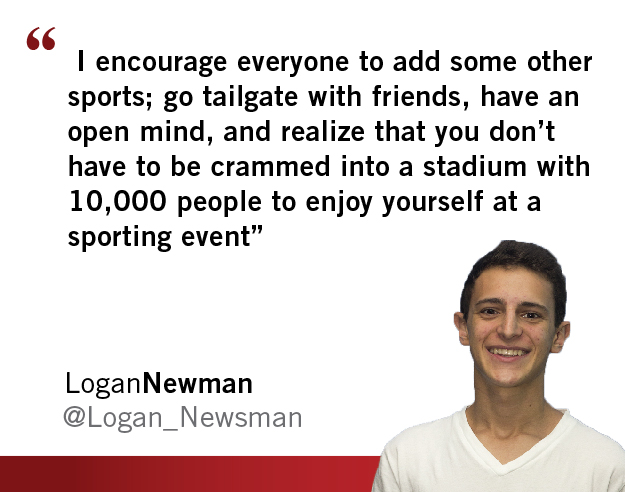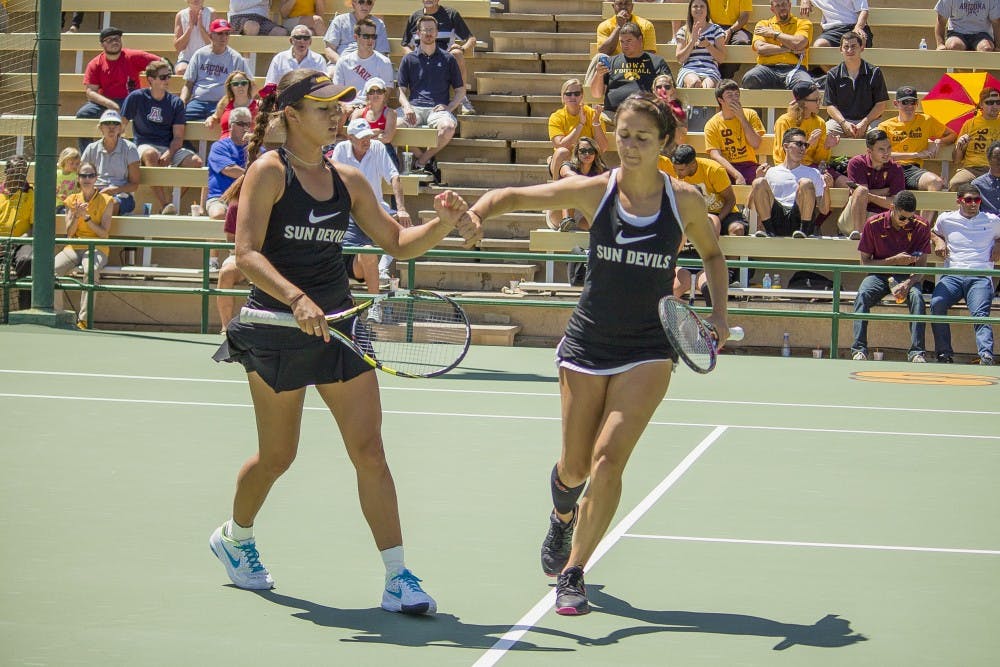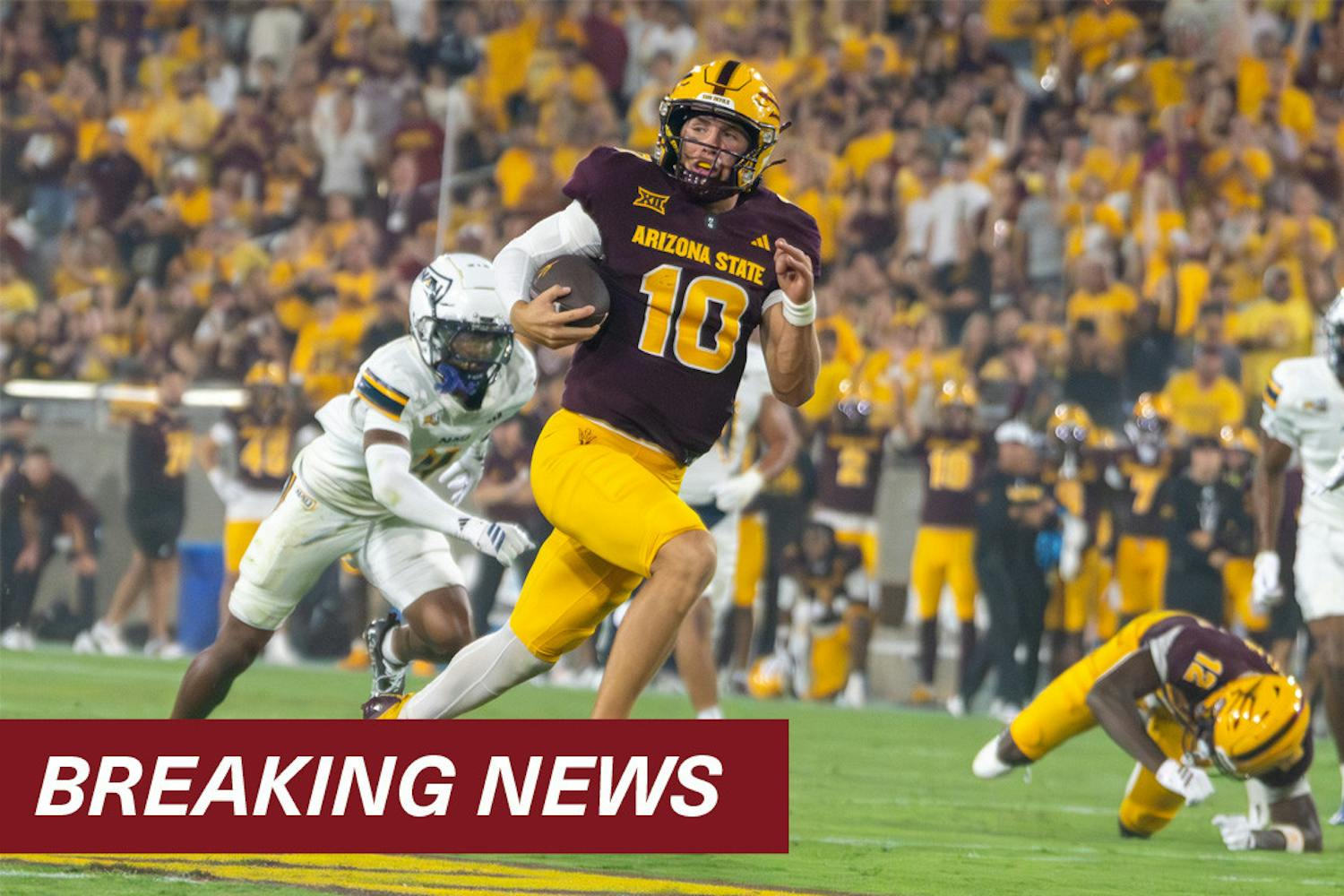All the sports I’ve covered in-depth have been relatively small scale. I covered tennis in the spring of my freshman year, volleyball in the fall of my sophomore year and women’s basketball this year.
Small-scale sports can be just as exciting as the big ones like football, baseball or men’s basketball.
Don’t take this column as me ragging on the prominent sports at ASU and universities around the nation. Those big three garner the most attention, and deservedly so: The players tend to be bigger, faster, stronger and their stars often end up wealthier. Very few athletes from the small-scale sports will go on to make millions, and humans are infatuated with money.
Despite this, people can enjoy the smaller-scale sports just as much.

Going into tennis, I knew next-to-nothing about the sport. I learned as I went along, and within a few weeks, every rally grabbed my attention.
Volleyball was the same. Learning the game and watching the players grow made me thoroughly enjoy the sport.
I think a large part of it is because of the community feel. Everyone in the audience is there simply to enjoy the game.
The players know that too, and they appreciate it. Relationships are made between players and fans. At women’s basketball, I always saw a middle-aged man and woman who sat at the press box. The woman, always holding a stuffed Sparky doll and often donning a devil horn headband, was the ultimate fan.
In tennis, a man has traveled from Prescott for almost every home game over the past 27 years. As described in Kaelen Jones’ article on him — the team knows this man.
Even with the media, players are able to be friendlier. I sat next to junior volleyball setter Bianca Arellano in a sports history class, and I rode the light rail a couple times with then-junior tennis player Leighann Sahagun. While players from big sports are typically friendly with reporters, there is a strain in the relationship. It’s rarely more than professional.
This is completely understandable; basketball and football players have their personal lives delved into like no other, and telling anything to a reporter could be detrimental. Even covering women’s basketball, which isn’t necessarily a small sport but still isn't as prominent as the men’s team or football, didn’t allow me to get as close to the players as I hoped.
However, this is a positive of covering the less prominent sports. When players recognize you, they appreciate your presence. They recognize the fans.
And the games are fun, too! The Pac-12 is a seriously strong conference in almost every sport. It was fun watching then-junior tennis player Stephanie Vlad take on the best (the top three singles players hail from the Pac-12.) It was exciting watching junior volleyball outside hitter Macey Gardner battle against rivals like UCLA’s Karsta Lowe. It’s exhilarating watching the women’s basketball team come back from 16-point deficits, break hearts and advance to the Sweet 16.
Honestly, while dunks and hard tackles are great, winning is the biggest reason people show up. They’re more obliged to watch an ASU football game when the team is good.
All three of the aforementioned “smaller” sports made it to the NCAA tournament in the past year.
Every college student has made a bucket list, whether physical or mental. Almost every one of these includes going to a football or men’s basketball game. I encourage everyone to add some other sports; go tailgate with friends, have an open mind and realize that you don’t have to be crammed into a stadium with 10,000 people to enjoy yourself at a sporting event.
Reach the reporter at logan.newman@asu.edu or follow @Logan_Newsman on Twitter.
Like State Press Sports on Facebook and follow @statepresssport on Twitter.




